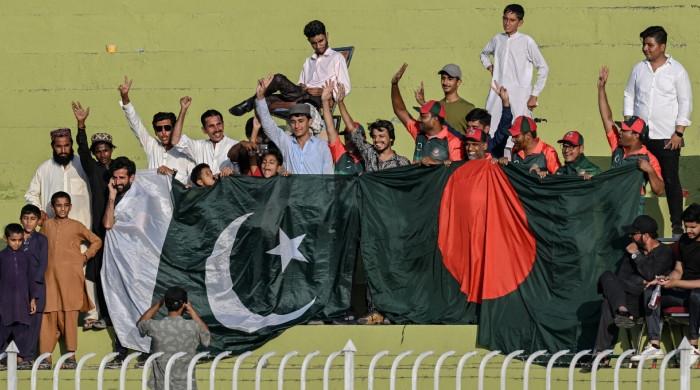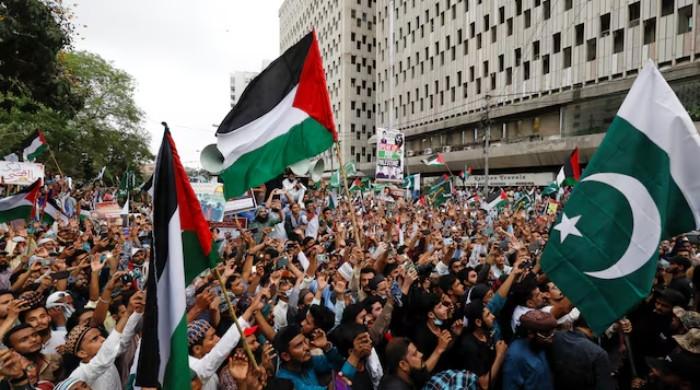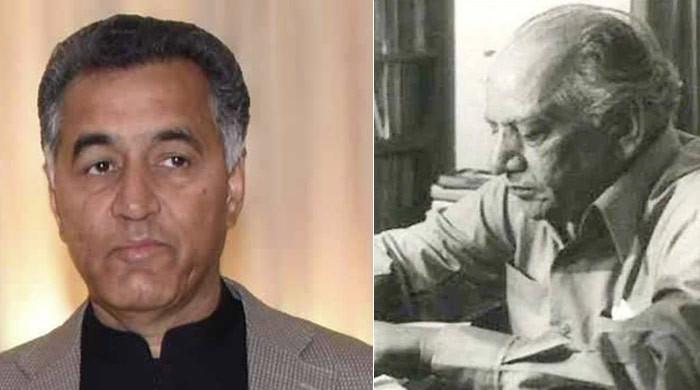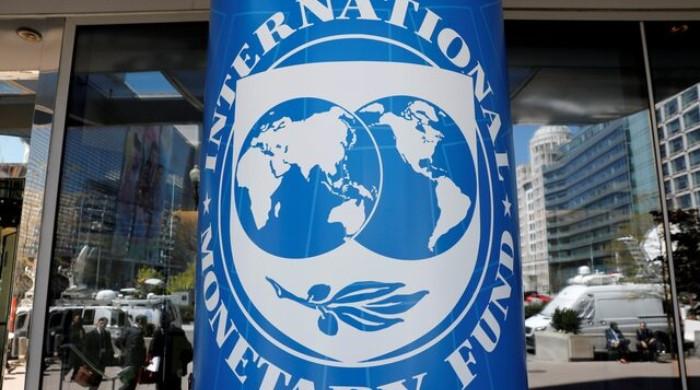Planning for energy efficient cities
At the city level, most cities have been designed so that residential, commercial, educational, recreational, industrial, and administrative units remain separate and distant, writes Zahra Niazi
August 30, 2022
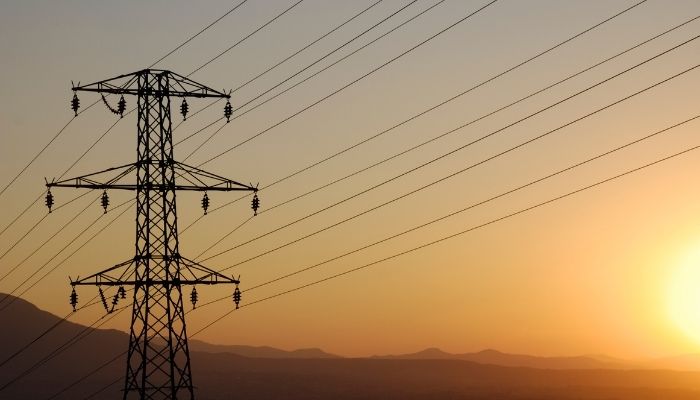
An unprecedented energy crisis has gripped Pakistan. A supply crunch and an increase in energy prices have put persistent pressure on the economy, hurting the people.
For the sake of Pakistan’s long-term economic development and the economic security of the country’s 220.9 million citizens, policymakers need to now realize that only a proactive approach to the current energy crisis is the way forward. This triggers an important question about which path the state should pursue.
Cities are the dominant consumers of energy and are, thus, positioned to play a significant role in reducing energy demand. Research has revealed that appropriate urban planning and transport policies can reduce energy consumption in cities by 25 per cent by 2050, which is especially true for rapidly urbanizing Africa, Asia and the Middle East. This calls for compact urban form and transport planning for cities in developing countries, which is certainly also applicable to Pakistan.
A compact urban structure can take several forms - all of which centre upon achieving transport energy savings by encouraging public transportation usage or reducing the need for private car use. A ‘concentrated decentralization model’ emphasizes a shift away from monocentric to polycentric structures connected by transport corridors. While a monocentric urban structure involves concentration of a majority of the activity around a single urban pole, a polycentric design involves an urban form comprising several sub-centres incorporating all the necessary facilities and amenities.
Another almost similar model advocates for developing high-rise and high-density buildings and self-contained new settlements, providing easy access to services, adequate public space and widespread mass transit use. Similarly, a ‘transit-oriented development’ model emphasizes developing mixed-use and dense communities close to transit stations or transport interchanges.
With slight variance, these urban design models advocate for integrating transport and land-use planning, providing efficient public transport systems, prioritizing dense settlements, and creating mixed-use spatial units including buildings, blocks or neighbourhoods that incorporate a variety of facilities, such as residential, commercial, recreational, etc.
On a positive note, development of mixed-use and gated communities is a growing trend in Pakistan. Many new high-rise apartment projects have emerged, which accommodate greater population densities and offer a mix of facilities such as gyms, swimming pools, or shops. This is particularly true for major cities such as Lahore, Islamabad, Rawalpindi and Karachi.
However, a drive around these cities reveals that ideal mixed-use and dense spatial units exist but remain limited. Many communities incorporating mix-use functions are unplanned or poorly planned and do not provide safe and convenient pedestrian connections between community facilities, which are also mostly scattered. Additionally, the spatial distribution of those facilities remains highly skewed.
At the city level, most cities have been designed so that residential, commercial, educational, recreational, industrial, and administrative units remain separate and distant. Also, land-use planning does not appear to be integrated with transport planning, which itself remains far from perfect.
There is no denying that the public transportation system has rapidly evolved in Pakistan over the last few years. Yet, these services cover only specific routes and have a few transit stations without appropriate parking spaces for people to leave their private vehicles. Thus, a significant proportion of the population is forced to use app-based taxi services as other public transit modes such as pick-ups and wagons appear unsafe and inconvenient to many.
It is time for policymakers to prioritize urban planning, specifically development of compact urban forms. While this may not serve as a cure-all panacea for Pakistan’s energy crisis, its potential impact on mitigating future crises cannot be disregarded either. It is also important to highlight that the models provide broad generalizations, and no one model can apply to all cities. In fact, many contextual variations need to be considered.
There is also no denying that the process will be arduous, but strong political will and stakeholder coordination is the way forward. Robust coordination among policymakers, public authorities, and local decision-makers responsible for urban and transport planning, empowerment of the local authorities, and partnerships with research institutes and universities can help achieve the objectives of developing urban forms which are conducive to reducing energy consumption.
However, it is worth highlighting that compact development has not been absolved from criticism with regard to its potential drawbacks including, but not limited to, the linkage of high-rise and high-density buildings with an increase in urban heat island effect or air pollution, neighbourhood density with congestion, less liveability, overloaded sanitation systems, or health challenges, among others.
While these arguments are valid, the undesirable effects can largely be avoided. For instance, walls of high-rise and dense buildings can be converted into green vertical walls to provide a cooling effect. Liveability in dense spatial units can be enhanced by ensuring an equal spatial distribution of open spaces, engaging the residents in community events such as festivals or sports events, and the like.
The pursuit of compact urban development coupled with creative strategies to avoid its potential drawbacks is perhaps a necessity that needs to be earnestly recognized in Pakistan if we are to harness the potential of urban planning in guaranteeing long-term energy management.
The writer is a researcher at the Centre for Aerospace and Security Studies (CASS), Islamabad, Pakistan. She can be reached at: [email protected]
Originally published in The News




